In today's rapidly evolving cybersecurity landscape, organizations face increasingly sophisticated threats that traditional perimeter-based defenses struggle to contain. The concept of microsegmentation has emerged as a critical component of zero trust architecture, fundamentally transforming how enterprises protect their digital assets. Unlike conventional security approaches that focus on building strong outer walls, microsegmentation operates on the principle that no entity—whether inside or outside the network—should be automatically trusted.
In the ever-evolving landscape of container orchestration, Kubernetes has firmly established itself as the de facto standard for managing containerized applications at scale. One of its most powerful features is the ability to automatically scale applications in response to fluctuating demand, ensuring optimal performance while controlling costs. However, implementing an effective autoscaling strategy requires more than just enabling the feature; it demands a thoughtful approach grounded in proven best practices.
The economic implications of serverless computing have become a central topic in cloud architecture discussions, shifting the conversation from pure technical implementation to strategic financial optimization. As organizations increasingly adopt Function-as-a-Service (FaaS) platforms, understanding the nuanced cost structures and optimization opportunities has become critical for maintaining competitive advantage while controlling cloud expenditures.
The landscape of software development has undergone a seismic shift with the proliferation of cloud-native architectures. As organizations race to deliver applications faster and more reliably through CI/CD pipelines, a critical challenge has emerged: security. The traditional approach of bolting on security measures at the end of the development cycle is no longer tenable. It creates bottlenecks, delays releases, and often results in vulnerabilities being discovered too late, when remediation is most costly and disruptive. In response, a transformative strategy known as "shifting left" has gained significant traction, fundamentally rethinking how and when security is integrated into the software development lifecycle.
The landscape of software testing is undergoing a profound transformation, driven by the relentless integration of artificial intelligence. One of the most impactful and rapidly evolving applications of AI in this domain is the automation of test case generation. This is not merely an incremental improvement to existing processes; it represents a fundamental shift in how development teams approach quality assurance, promising to accelerate release cycles while simultaneously enhancing the robustness and coverage of testing regimens.
In the ever-evolving landscape of artificial intelligence, voice generation technology has emerged as one of the most captivating and, at times, unsettling advancements. The ability to clone and generate highly realistic human voices is no longer confined to the realms of science fiction; it is a present-day reality with profound implications. This technology, often referred to as voice cloning or neural voice synthesis, leverages deep learning models to analyze, replicate, and generate speech that is indistinguishable from that of a real person. The process begins with the collection of a sample of the target voice, which can be as short as a few seconds or as long as several hours, depending on the desired fidelity and the complexity of the model being used.
The semiconductor industry stands at an inflection point where traditional chip design methodologies are increasingly strained by the complexity of modern architectures. As Moore's Law continues its relentless march, the once-manual processes of floorplanning and routing have become prohibitively time-consuming and error-prone. In this challenging landscape, reinforcement learning has emerged not merely as an experimental approach but as a transformative force in automating and optimizing chip layout.
In laboratories and research institutions across the globe, a quiet revolution is underway as artificial intelligence becomes an indispensable partner in scientific discovery. What was once the domain of human intuition, years of trial and error, and painstaking data analysis is now being accelerated at an unprecedented pace by machine learning algorithms and computational power. This transformation is not about replacing scientists but empowering them to ask bigger questions and uncover deeper truths about our universe.
In the ever-evolving landscape of artificial intelligence, a quiet revolution is taking place that promises to fundamentally reshape how machines understand the world. For decades, the field has been dominated by correlation-based approaches—powerful pattern recognition systems that excel at finding statistical relationships in data but fall painfully short when it comes to true understanding. The emerging discipline of causal machine learning seeks to change this paradigm, moving beyond mere correlations to uncover the actual mechanisms that drive phenomena in the real world.
The hum of idling engines, the faint scent of exhaust, and the endless sea of brake lights stretching toward the horizon—highway traffic jams are an inevitable reality for millions of drivers. While being stuck in gridlock is frustrating, it also presents an unexpected opportunity: a chance to stretch, move, and counteract the stiffness that comes from prolonged sitting. For those who find themselves trapped in slow-moving or stationary traffic, a few simple stretches can make the wait far more bearable—and even beneficial for the body.
In the ever-expanding world of health supplements, choosing the right formulation can be as crucial as selecting the active ingredients themselves. The physical form of a supplement – whether it’s a capsule, tablet, liquid, or powder – influences not just how we take it, but how effectively our bodies absorb and utilize its nutrients. For consumers navigating this landscape, understanding these nuances can mean the difference between a product that works and one that merely sits on the shelf.
When it comes to achieving accurate weight measurements, the importance of placing your scale on a level surface cannot be overstated. Many users overlook this critical aspect, assuming that any flat area will suffice. However, even minor imbalances can lead to significant discrepancies in readings. Whether you’re using a digital or mechanical scale, ensuring proper ground alignment is essential for consistency and reliability.
The humble nose wire in face masks often goes unnoticed, yet it plays a pivotal role in achieving that perfect fit. While most consumers focus on filtration efficiency or breathability, the subtle art of nose bridge shaping remains an underappreciated aspect of mask-wearing. Mastering this technique can transform an ordinary mask into a customized protective barrier that seals tightly without causing discomfort.
The growing reliance on digital screens has led to an increased demand for products that claim to protect our eyes from harmful blue light. Among these, blue light screen protectors have gained significant popularity. These thin films, applied directly to the screens of smartphones, tablets, and computers, promise to filter out the high-energy blue light emitted by displays. But how effective are they really? A series of tests were conducted to evaluate their performance, and the results provide valuable insights for consumers.
The quest for the perfect night's sleep has led to numerous innovations in bedding technology, with memory foam pillows standing out as one of the most revolutionary. Unlike traditional pillows, memory foam adapts to the contours of the head and neck, providing customized support. However, not all memory foam pillows are created equal, and selecting the right height is crucial for optimal comfort and spinal alignment. The concept of a height adaptation formula for memory pillows has gained traction among sleep experts, offering a scientific approach to personalized sleep solutions.
The water purification industry has grown exponentially in recent years, driven by increasing awareness of water quality and health concerns. Among the various factors consumers consider when purchasing a water purifier, the flow rate—or the speed at which clean water is delivered—plays a crucial role. Unlike technical specifications such as filtration accuracy or contaminant removal rates, the flow rate directly impacts daily usability. A slow flow rate can frustrate users, while an excessively fast one might raise doubts about filtration effectiveness. Striking the right balance is essential for both manufacturers and consumers.
The running shoe industry has quietly undergone a quiet revolution in recent years, with manufacturers introducing innovative wear indicators that go far beyond the traditional "check the soles" advice. These new systems are transforming how runners monitor their footwear, potentially preventing injuries and extending the life of their gear. What began as simple tread patterns has evolved into sophisticated visual and tactile warning systems that communicate exactly when shoes need replacement.
The process of verifying organic certification codes through official websites has become increasingly important for consumers seeking authentic organic products. With growing concerns about food authenticity and labeling accuracy, understanding how to navigate these verification systems provides peace of mind and ensures purchasing decisions align with personal values.
When it comes to maintaining a healthy lifestyle, vitamins and supplements play a crucial role. However, many people overlook an important aspect of their efficacy: their shelf life after opening. Unlike unopened bottles, which have a clear expiration date, once a vitamin container is opened, its potency and safety can degrade faster than expected. Understanding how to calculate the post-opening shelf life of vitamins is essential for ensuring you reap their full benefits.
The science behind sun protection has evolved significantly over the years, and one of the most critical advancements has been the development of UPF (Ultraviolet Protection Factor) testing for sun-protective fabrics, including umbrellas. Unlike sunscreen, which is measured by SPF, UPF evaluates how effectively a fabric blocks ultraviolet radiation. For those who rely on sun umbrellas as their primary defense against harmful UV rays, understanding UPF testing methods is essential.
The healthcare technology sector has witnessed remarkable advancements in recent years, with smart pillboxes emerging as a crucial tool for medication management. Among the various features that enhance their functionality, waterproofing stands out as a critical aspect that ensures durability and reliability. Manufacturers are increasingly focusing on innovative waterproofing techniques to address the challenges posed by accidental spills, humidity, and even complete submersion in water.
For families caring for elderly loved ones with dementia or mobility challenges, GPS-enabled shoes have emerged as a game-changing safety solution. These innovative footwear options blend discreet tracking technology with everyday comfort, offering peace of mind without compromising dignity. As the silver tsunami reshapes demographics globally, such assistive technologies are transitioning from luxury to necessity in elder care.
In recent years, formaldehyde detectors have become essential household items for health-conscious families. However, the market is flooded with products of varying quality, making it challenging for consumers to distinguish between reliable devices and potential scams. Understanding where these detectors commonly fail can save buyers from wasting money on ineffective tools and protect their families from inaccurate readings.
For health-conscious individuals, tracking body composition has become an essential part of daily routines. Among the various tools available, smart body fat scales have gained significant popularity due to their convenience and ability to provide detailed metrics beyond just weight. However, to obtain the most accurate readings, understanding the optimal conditions for measurement is crucial—particularly when it comes to timing and preparation.
The rhythmic lapping of brackish water against tangled mangrove roots conceals one of nature's most extraordinary genetic survival stories. For centuries, these salt-tolerant trees have guarded molecular secrets in their DNA that allow them to thrive where other plants perish. Today, scientists are cracking open this genetic vault through an ambitious international initiative called the Mangrove Gene Bank Project, with groundbreaking implications for global food security.
In the face of accelerating glacial melt due to climate change, scientists and engineers are turning to innovative solutions to slow the disappearance of these critical ice reserves. One such breakthrough is the development of high-albedo fabric covers, colloquially termed "glacial nanoblankets," designed to reflect sunlight and reduce ice ablation. These advanced textiles are emerging as a promising tool in the fight against rising sea levels and ecosystem disruption.
In the race to mitigate climate change, scientists and engineers are turning to the Earth’s own geological processes for solutions. One of the most promising avenues is basalt carbon mineralization, a natural chemical reaction that locks away carbon dioxide in solid rock. This process, often described as nature’s own carbon capture and storage (CCS) system, is now being harnessed and accelerated to combat rising atmospheric CO₂ levels. Unlike traditional carbon storage methods, which rely on fragile seals and uncertain long-term stability, basalt mineralization offers a permanent and geologically secure solution.
The concept of marine cloud brightening through aerosol seeding has emerged as a potential geoengineering strategy to combat global warming. By enhancing the reflectivity of clouds over oceans, scientists aim to increase Earth's albedo, thereby cooling the planet. This approach, while still in experimental stages, has garnered significant attention due to its promise of offsetting some effects of climate change without requiring drastic reductions in greenhouse gas emissions.
For decades, the study of chronic pain has been hampered by the inability to observe neural activity over extended periods. Traditional imaging techniques provide snapshots of brain activity but fail to capture the dynamic, evolving nature of pain processing. A groundbreaking approach using transparent skull implants is now revolutionizing our understanding of how chronic pain manifests and persists in the brain.
In the perpetual darkness of the deep sea, hydrothermal vents spew superheated, mineral-rich fluids into the frigid water, creating oases of extreme chemistry that have fascinated scientists for decades. These underwater geysers, often located along mid-ocean ridges, host complex reactions that may hold clues to the origins of life and the formation of mineral deposits. Until recently, studying these dynamic systems in their natural state posed immense challenges—until the advent of deep-sea chemical robots capable of in situ monitoring.
In a groundbreaking development that merges cutting-edge physics with ancient archaeology, researchers have successfully utilized neutron holography to reveal hidden inscriptions beneath the patina of bronze artifacts. This non-invasive technique promises to revolutionize the study of corroded metal objects, offering unprecedented access to historical texts without damaging delicate surfaces.
The advent of cryo-electron microscopy (cryo-EM) coupled with artificial intelligence (AI) has revolutionized the field of structural biology. By capturing the intricate dance of proteins in their native states, scientists are now able to unravel the dynamic architectures that govern cellular functions. This powerful synergy between cutting-edge imaging and machine learning is not just a technological leap—it’s a paradigm shift in understanding life at the molecular level.
The world of ultrafast spectroscopy has entered a revolutionary phase with the advent of attosecond spectral knives—a cutting-edge tool that enables scientists to selectively excite specific vibrational states in molecules. This breakthrough technology is reshaping our understanding of molecular dynamics and opening new frontiers in chemical reaction control. Unlike conventional methods that often excite molecules indiscriminately, attosecond spectral knives offer unprecedented precision by targeting individual quantum states with laser pulses lasting mere billionths of a billionth of a second.
The global food system is undergoing a quiet revolution, one fermentation tank at a time. In laboratories and production facilities around the world, scientists and entrepreneurs are harnessing the power of microalgae to create what many believe could become the protein source of the future. These microscopic photosynthetic organisms, grown in controlled fermentation environments, are demonstrating remarkable potential to address some of our most pressing nutritional and environmental challenges.
The agricultural sector is undergoing a quiet revolution as artificial intelligence merges with robotics to address one of nature's most vital processes: pollination. In fields across the world, experimental deployments of mechanical pollinator swarms are demonstrating how AI-driven vision systems can collaborate to mimic—and potentially enhance—the work of vanishing bee populations. These autonomous systems represent not just a technological breakthrough, but a necessary adaptation to ecological instability.
For decades, farmers and land reclamation specialists have struggled with the persistent challenge of saline-alkali soils - those unproductive lands where high salt concentrations and alkaline pH levels stunt plant growth and render vast areas agriculturally useless. Traditional remediation methods often proved either too slow, too expensive, or too water-intensive to implement at scale. Now, an innovative electrochemical approach using pulsed electric fields is demonstrating remarkable potential to transform these barren landscapes into fertile ground.
In the rolling hills of Colombia's coffee belt, a quiet revolution is taking place beneath the emerald canopies of coffee plants. Researchers are conducting groundbreaking field trials with genetically edited coffee plants designed to grow beans naturally low in caffeine. This ambitious project could forever change how the world consumes its most popular psychoactive beverage.
For centuries, the intricate world beneath our feet remained largely a mystery. Farmers, ecologists, and biologists could only speculate about the complex interactions between plant roots and soil structure. Traditional methods of studying root systems involved destructive sampling—digging up plants and washing away soil to examine roots. This approach not only killed the plants but also disrupted the very soil architecture researchers sought to understand. However, a quiet revolution in agricultural science is changing everything.
The concept of piezoelectric railways is revolutionizing the way we think about sustainable energy in transportation. By converting the mechanical energy from train-induced vibrations into electrical power, these systems offer a promising solution for reducing dependency on external power sources. The technology leverages piezoelectric materials, which generate electricity when subjected to mechanical stress, embedding them directly into railway tracks. This innovation not only enhances energy efficiency but also aligns with global efforts to combat climate change by minimizing carbon footprints.
 IT
IT
 IT
IT
 IT
IT
 IT
IT
 IT
IT
 IT
IT
 IT
IT
 IT
IT












 TOP
TOP
 TOP
TOP
 TOP
TOP
 TOP
TOP
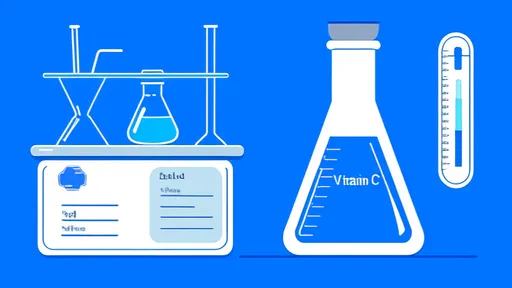 TOP
TOP
 TOP
TOP
 TOP
TOP
 TOP
TOP
 TOP
TOP
 TOP
TOP
 TOP
TOP
 TOP
TOP
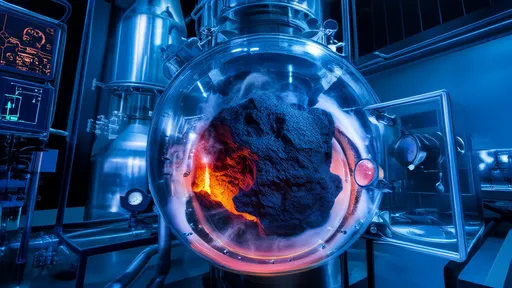 TOP
TOP
 TOP
TOP
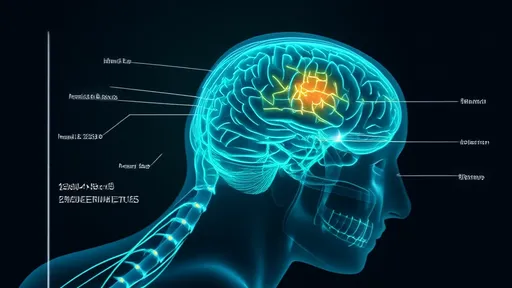 TOP
TOP
 TOP
TOP
 TOP
TOP
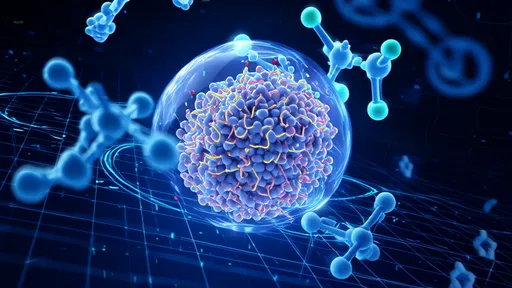 TOP
TOP
 TOP
TOP
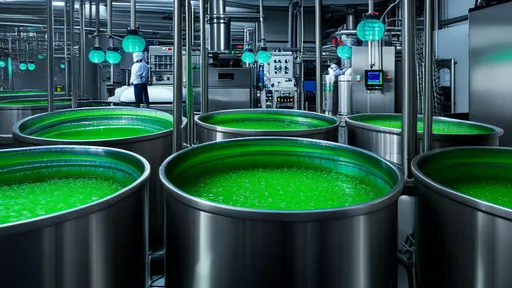 TOP
TOP
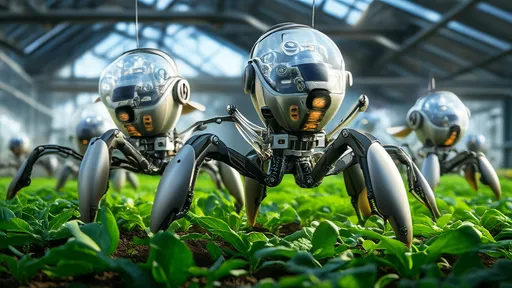 TOP
TOP
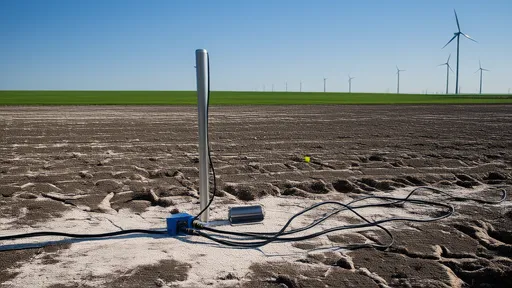 TOP
TOP
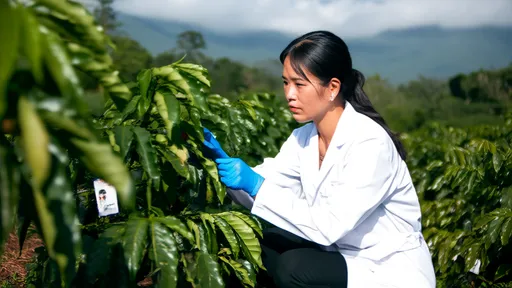 TOP
TOP
 TOP
TOP
 TOP
TOP